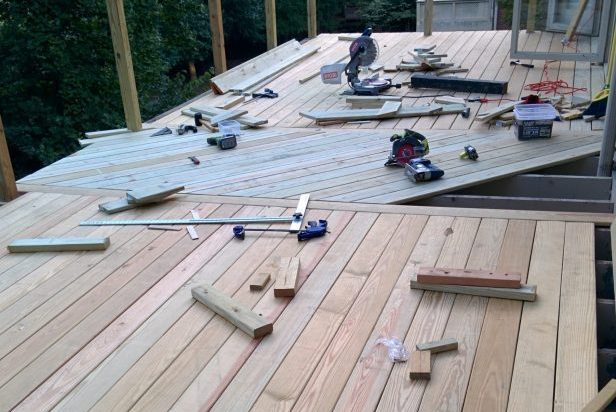Surviving being an owner-builder
Posted: April 9th, 2020
Oh, the path to becoming an owner-builder is paved with good intentions indeed. A stimulating challenge you might mention to friends. A great way to exercise the brain you reassure worried parents. And ultimately, all in the name of saving money, right?
The allure of the satisfaction of building your own home is hard to beat. But the road to completion is rarely a straight one. The path is muddled with twists and turns, but preparation is key. Those who have walked the road before can attest to this. So before you put on your tool belt and head to the hardware store, here are some tips to help you survive being an owner-builder.
1. Register yourself as an owner-builder
Yep, you just got promoted to the big boss. Becoming an owner-builder means that you take responsibility for all the construction and work that occurs on your property. That means applying for permits and certificates, supervising any work that takes place and you know, doing some of the actual building yourself. You are also liable to ensure all construction meets building standards and legislation. The process for becoming a registered owner-builder changes from state to state so make sure you check in with your building body. Additionally, if you are planning to buy a home and then upgrade it, make sure you aren’t buying a money-hungry house, that is going to make your job as an owner-builder harder. Check out our blog on Money hungry houses for more information.
2. Get your plans
Unless you can do it yourself, you’ll have to engage a designer to draw up architectural plans for what you intend to build. Without plans to adequately explain the build, you won’t get a building permit.
3. Engage a quantity surveyor
If you have limited experience with building you’ll need to engage a quantity surveyor for the project. A quantity surveyor will create a summary of all the materials and quantities you’ll need for your intended build, something that can be very hard without any building experience. This document will become your bible as it will really help you estimate any costs and potential quotes from additional tradesman or suppliers you employ.
4. Generate a detailed specification
This is where it starts to get fun, especially for planning fanatics, which all owner-builders should be. A detailed specification is a list of every single material and product your build is going to use. It includes the exact tap that will be used in the laundry and the three different types of tiles you’ll use in the bathroom. You’ll want to include product names, supplier, quantity, finish, colour and even price. If you build incorporates a few different sections, make sure you create sperate detailed specifications for each.
5. Don’t rush
It’s easy to get excited and jump the gun, but a rushed job is never a good job. Take the time to make sure you are completely and 100% prepared, if that means delaying your estimated start date, then so be it.
6. Shop around
You won’t be able to do every single thing yourself. Naturally, there will be some jobs you’ll have to employ a tradesman to do. Make sure you get multiple quotes for all the different jobs you plan to outsource. Compare each quote to the figures supplied by your quantity surveyor but remember, the cheapest quote won’t always be the best. To cover yourself, don’t get afraid to ask for references and testimonials before making your decision.
7. Ask questions
Don’t be afraid to ask questions and for advice. If you know someone who is also an owner-builder, or someone who has a plethora of relevant experience then consider asking them to be your mentor to help you guide the way through the murky waters of owner-building.
8. Take small steps and put in the time
Building your home yourself is a mammoth task. Breaking the project down into more manageable tasks can help to keep the whole ordeal from becoming overwhelming. Consider going room by room or trade by trade. As an owner-builder, you’ll be saving money, but the most valuable thing you can give your home is time. The more love and time you give the project, the better the result will be.
